How to Make Your Crocs Look Brand New Again (The Right Way)
I’ve worn Crocs pretty much everywhere you can imagine—pressure washing decks, slogging through messy kitchens, and digging in that impossible red clay in the garden. Let’s be honest, their comfort is legendary, but so is their ability to attract every speck of dirt known to man. I figured out pretty quickly that you can’t just clean them like any other shoe. Tossing them in the wash is a recipe for disaster.
In this article
- First, Let’s Talk About That Weirdly Spongy Material
- Your Crocs Cleaning Toolkit
- The Standard Scrub-Down: Your Go-To Method
- Advanced Tactics for White Crocs and Special Finishes
- A Serious Warning About Chlorine Bleach
- What About Those Cozy Lined Crocs?
- In a Hurry? The 5-Minute Refresh
- When It’s Time to Say Goodbye
- Inspirational Gallery
The secret to keeping them looking fresh for years isn’t about fancy cleaners; it’s about understanding what they’re actually made of. It’s not just plastic or rubber. Getting this right is the difference between a quick, damaging wash and a true, restorative cleaning. My goal here is to walk you through the methods the pros use, so you can handle everything from a bit of dust to deep, set-in stains without ruining your favorite shoes.
First, Let’s Talk About That Weirdly Spongy Material
Before you even think about getting your shoes wet, you gotta know what you’re dealing with. Crocs are made from a unique closed-cell resin material. Basically, think of it as a high-tech foam where all the tiny air bubbles are perfectly sealed off from each other. This is what makes them so incredibly lightweight and waterproof.

Because it’s a closed-cell foam, water and germs can’t easily soak in, which is why they generally don’t get as stinky as other shoes. But here’s the catch: the surface itself has a fine texture, and all those little holes and the bumpy footbed pattern create a million tiny places for dirt, dust, and body oils to get trapped. So, while the material itself is non-porous, the design is a total grime magnet.
Now for the most important part. Heads up! This material is a thermoplastic, which means it gets soft when it’s hot and hardens when it cools. The problem is, it can warp at surprisingly low temperatures. I’m not just talking about a clothes dryer. The steam from a dishwasher or even leaving them in a hot car can be enough to permanently shrink or twist them. I once left a pair on a black asphalt driveway for an hour on a sunny day. I came back to find them visibly smaller and warped. A hard lesson learned… they were toast. Treat them like you would a vinyl record and keep them far away from heat.
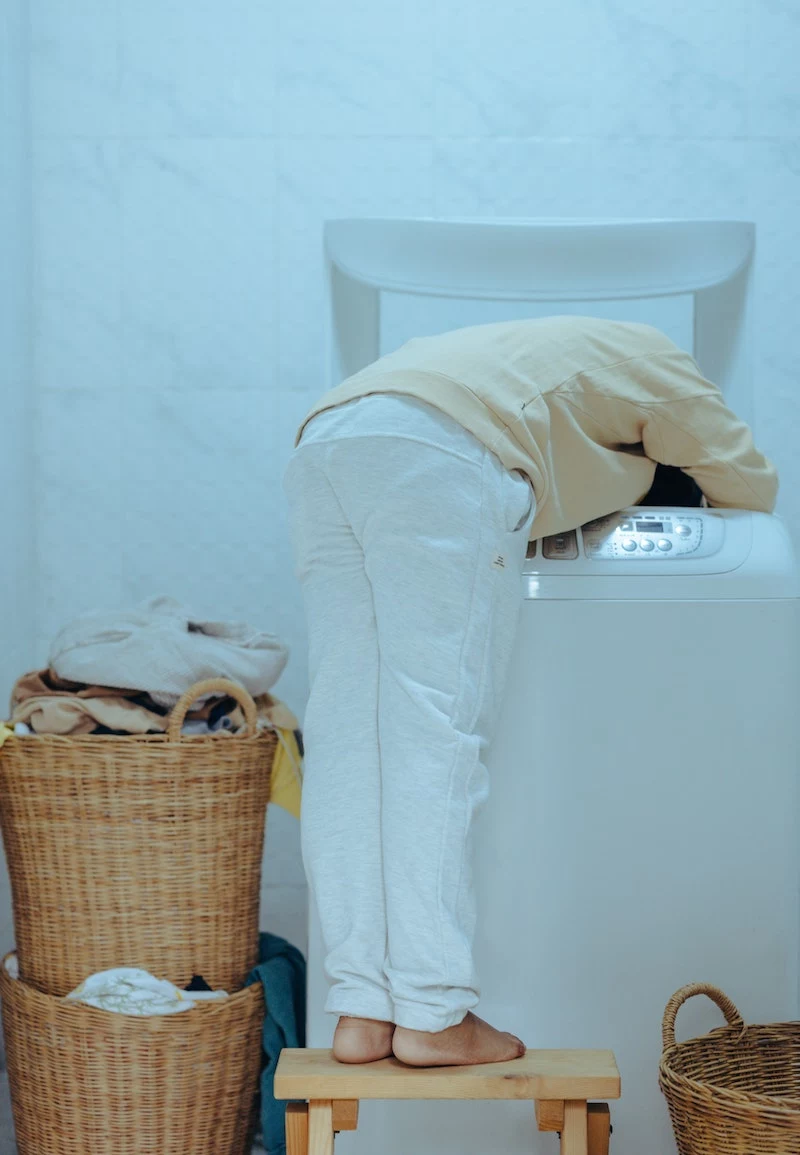
Your Crocs Cleaning Toolkit
Good news: you don’t need a bunch of expensive gear. I’ve narrowed it down to a simple kit that can handle just about anything. These aren’t fancy items, they just work.
- A Few Brushes: You’ll want a main soft nylon brush (like a vegetable brush), a medium-stiff brush (like a dish brush) just for the tough outsoles, and an old toothbrush. That toothbrush is your secret weapon for getting into the strap rivets, ventilation holes, and the footbed texture. Seriously, never use a wire brush or steel wool—it’ll permanently scratch the material.
- The Right Cleaners: Simple is best. A mild dish soap (like original blue Dawn, which costs maybe $3) is perfect because it cuts through the grease from skin oils. You’ll also want some baking soda (about $1 a box) for making a gentle scrubbing paste. For really tough jobs on light-colored Crocs, a powdered oxygen bleach like OxiClean (around $8-$10) is a much safer bet than chlorine bleach.
- Other Basics: Grab a bucket or a large basin for washing and a couple of microfiber cloths for drying. Using a dedicated basin is just good practice so you’re not sloshing dirty water everywhere.
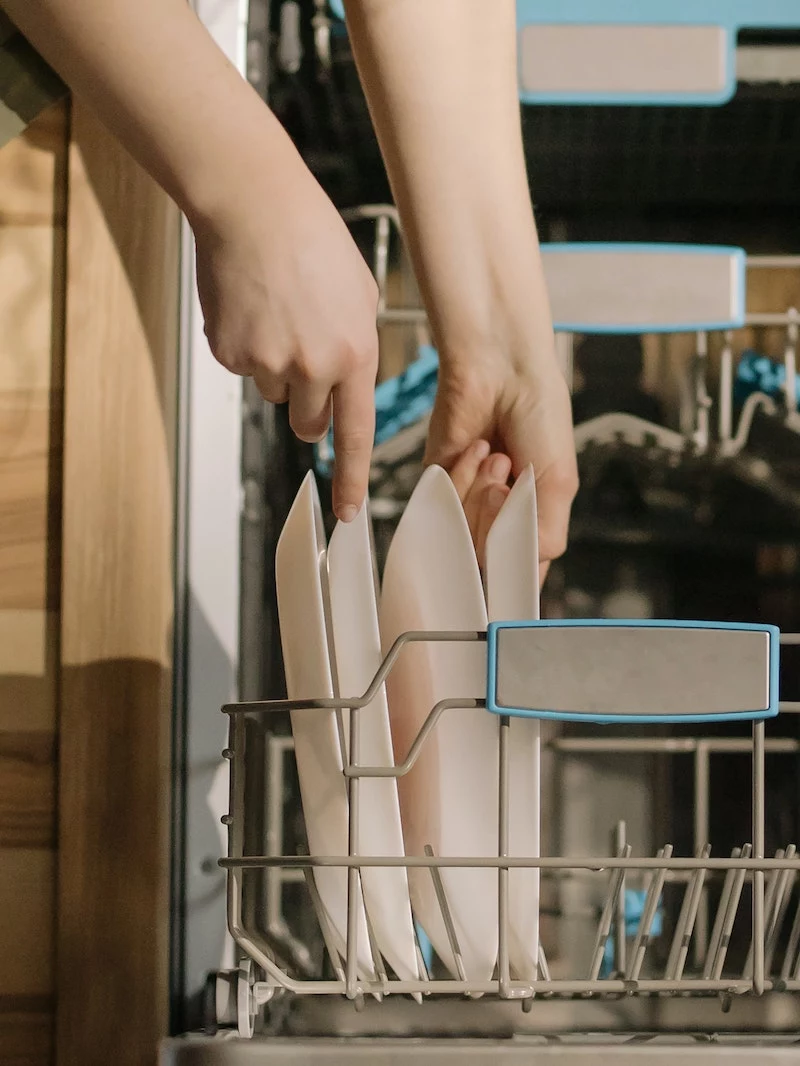
The Standard Scrub-Down: Your Go-To Method
This is the process I use for 90% of cleaning jobs. It’s perfect for regular upkeep. This whole thing should only take you about 15-20 minutes of active work, plus some drying time.
Step 1: Get Prepped
First, if you have any of those little decorative charms, pop them off and set them aside. Oh, and here’s how to clean the charms themselves: just give them a quick scrub with the same soapy water and toothbrush you’ll use for the shoes. Easy. Before you get the shoes wet, give them a good dry brushing with your soft brush. This gets rid of all the loose dust so you’re not just making mud later.
Step 2: Mix Your Solution
Fill your bucket with cool or lukewarm water—it should NOT feel hot. Remember what we said about heat? Add about a teaspoon of your mild dish soap for every gallon of water and swish it around. You don’t need a mountain of suds; too much soap just means more work rinsing.

Step 3: Get Scrubbing
Dunk one shoe in the water and start scrubbing the whole thing, inside and out, with your soft brush. Use gentle, circular motions. Use the toothbrush to really get into the nooks and crannies of the footbed. Then, flip it over and use the stiffer brush for the outsole to get rid of any caked-on gunk.
Step 4: Rinse Like You Mean It
Rinsing is super important. Any leftover soap will dry into a sticky film that actually attracts more dirt. Rinse the shoes under a cool tap or in a separate bucket of clean water until you see no more bubbles. Give the shoe a little squeeze to check if any suds pop out of the holes.
Step 5: The All-Important Air Dry
Shake out the excess water and give the shoes a good wipe-down with a microfiber cloth. Now, find a spot with good airflow to let them finish drying. CRITICAL: Keep them out of direct sunlight. A shady spot on the porch or in a laundry room is perfect. They should be totally dry within a few hours.
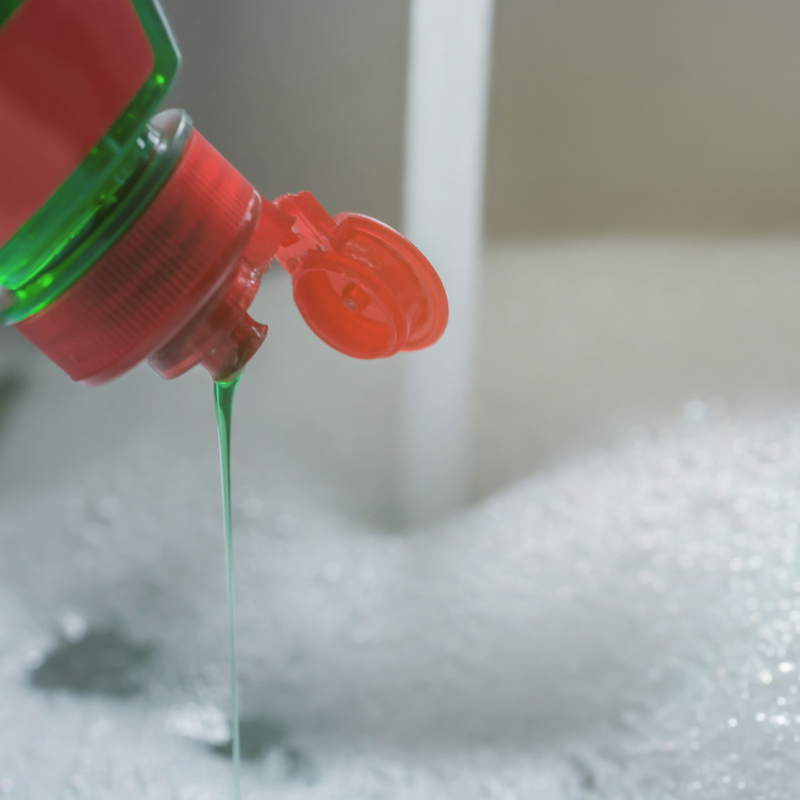
Advanced Tactics for White Crocs and Special Finishes
White Crocs look amazing… for about five minutes. Keeping them pristine is a challenge, but not impossible. The same goes for some of the fancier finishes.
For Scuffs and General Dinginess: Try a Baking Soda Paste
This is your first line of attack. Just mix a quarter-cup of baking soda with a few teaspoons of water until it’s a thick paste. Apply it to the scuffs, let it sit for about 10 minutes, then gently scrub with a damp toothbrush and rinse well.
For Serious Yellowing on White Crocs: The Oxygen Bleach Soak
If baking soda doesn’t cut it, it’s time for oxygen bleach. In a bucket, dissolve a scoop of OxiClean in a gallon of cool water. Submerge your white Crocs (you might need something to weigh them down) and let them soak for 1-3 hours. Afterward, give them a light scrub, rinse thoroughly, and air dry away from the sun.
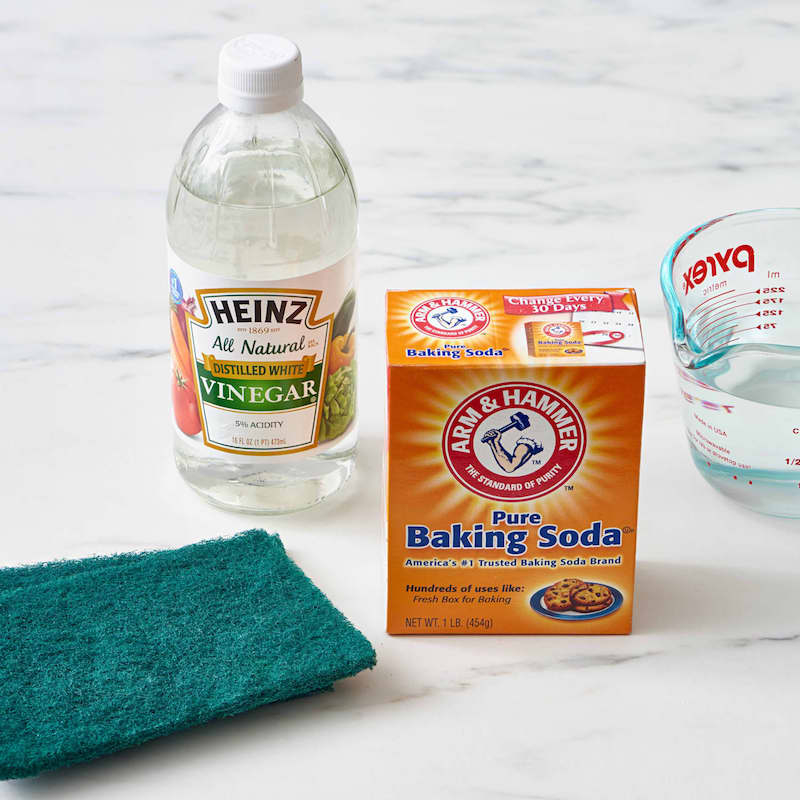
For Tough Black Marks: The Magic Eraser Trick
A melamine foam sponge, or Magic Eraser, works wonders on scuff marks. But a word of caution: it’s basically a super-fine sandpaper. Use it gently and only on the mark itself, or you can dull the shoe’s finish. A light touch is all you need.
Quick Tip for Glitter or Metallic Crocs: Be gentle! For these, skip the aggressive scrubbing. A simple wipe-down with a damp, soapy cloth is your best bet. Scrubbing can remove the glitter or scratch the metallic finish. For those giant platform styles, your trusty toothbrush is perfect for cleaning the deep grooves on those big sidewalls.
A Serious Warning About Chlorine Bleach
I have to say this as clearly as possible: avoid chlorine bleach. I learned this the hard way trying to sanitize some bright blue Crocs. It didn’t just strip the color unevenly; it left the material feeling stiff and chalky. On white Crocs, it can even cause a permanent yellowing over time. It’s just not worth the risk.
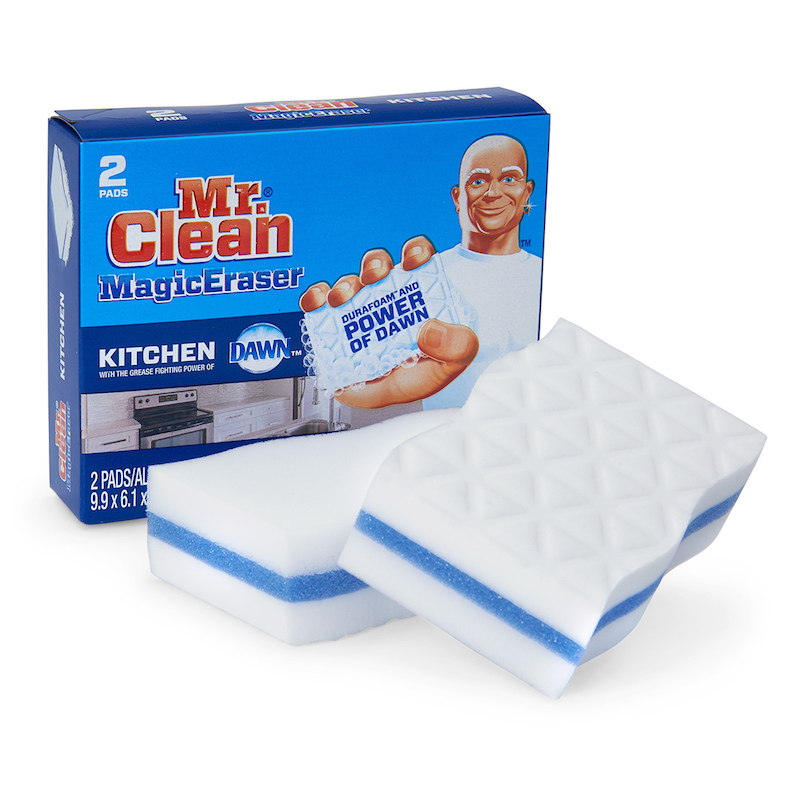
By the way, if you’ve already made this mistake and your shoes feel chalky, there isn’t a magic fix. However, you might be able to temporarily improve the feel by wiping them with a tiny amount of a vinyl or plastic conditioner, which you can find at auto parts stores.
What About Those Cozy Lined Crocs?
The fuzzy-lined ones are amazing, but that lining can get pretty funky. Cleaning it is a special kind of challenge.
First things first: check if your liner is removable! Some of the newer styles have liners that snap out. If yours does, pop it out and you can hand-wash it separately in the sink, which is a thousand times easier. Let it air dry completely before putting it back.
If your liner is attached, you’ll have to clean it in place. After cleaning the outside, mix a small bowl of cool, soapy water. Dip a cloth in, wring it out so it’s just damp, and gently massage the suds into the lining. To rinse, use a new, clean damp cloth to blot and wipe away the soap. This part is tedious but necessary. Finally, stuff the shoes with paper towels to absorb moisture and place them near a fan (but away from heat!) to dry. This can take a full 24-48 hours, and you can’t wear them until they are bone dry.
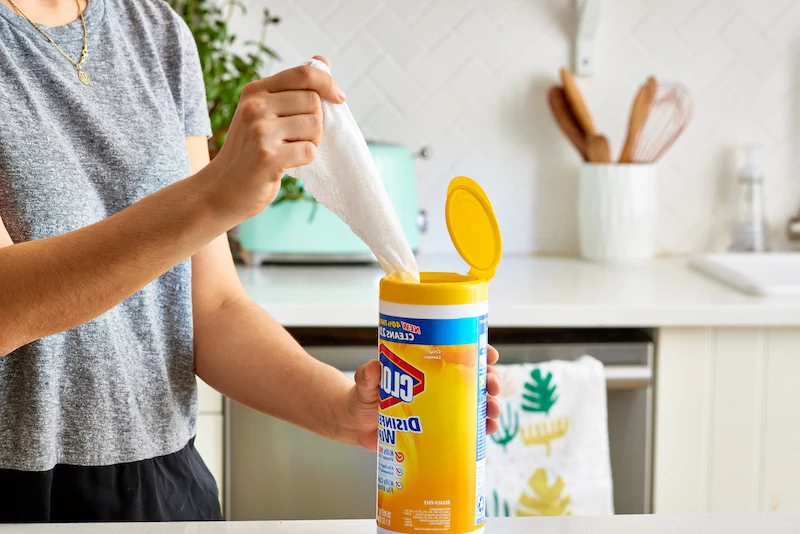
In a Hurry? The 5-Minute Refresh
Don’t have time for a full-on spa treatment for your shoes? No problem. Just grab a baby wipe or a damp microfiber cloth and give the outside a thorough wipe-down. It won’t deep clean the footbed, but it makes a huge difference in how they look and only takes a minute.
When It’s Time to Say Goodbye
Proper cleaning will extend the life of your Crocs, but they don’t last forever. The most important thing to watch is the tread on the bottom. Once that tread is worn smooth, the shoes become a major slipping hazard on wet surfaces like tile floors. That’s a safety issue. If you see deep cracks forming where the shoe flexes, it’s also time for a new pair. At that point, you’re just cleaning for pride, not for function.
Inspirational Gallery
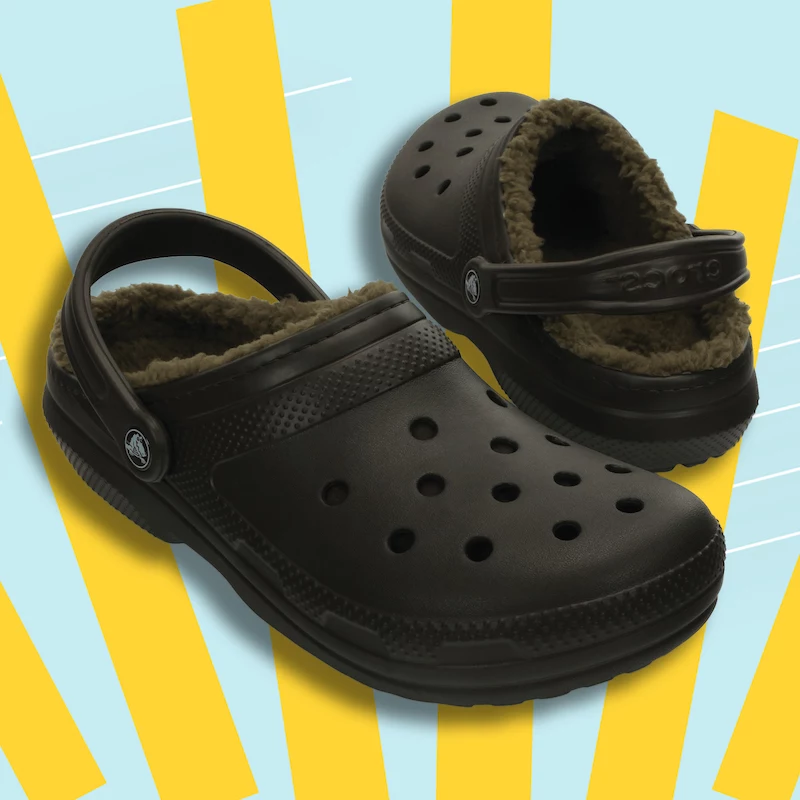
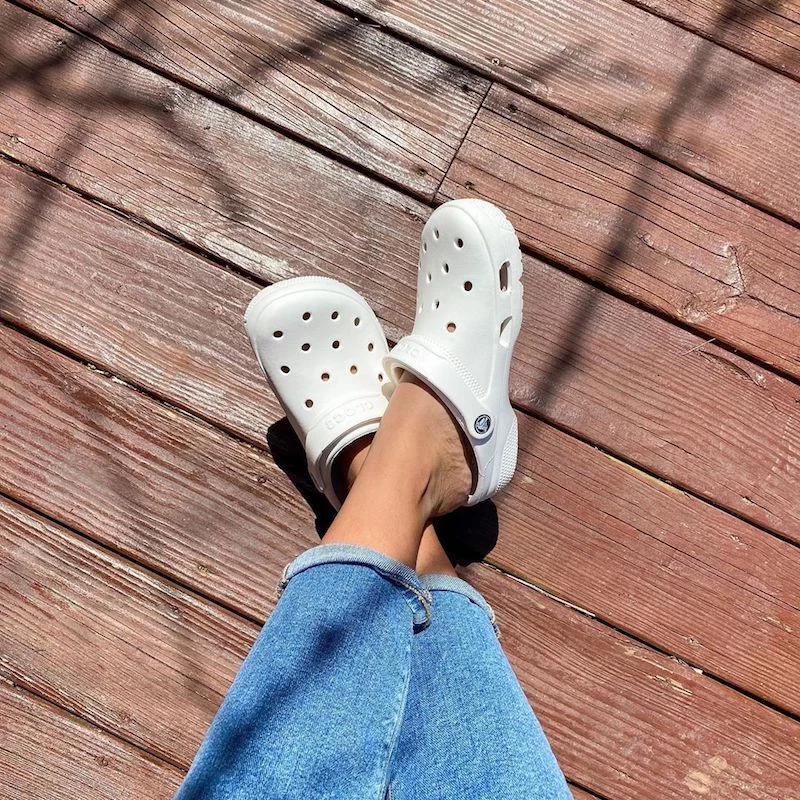
Those colorful Jibbitz™ charms that personalize your pair are fun, but they’re also tiny dirt traps. For a truly deep clean that restores that ‘fresh out of the box’ look, it’s best to handle them separately.
- Pop them all out before you start washing the shoes.
- Soak the charms in a small bowl of warm, soapy water.
- Use an old toothbrush to gently scrub away any grime from their crevices.
- Don’t forget to clean the holes in the Crocs themselves, where dust and dirt love to hide!
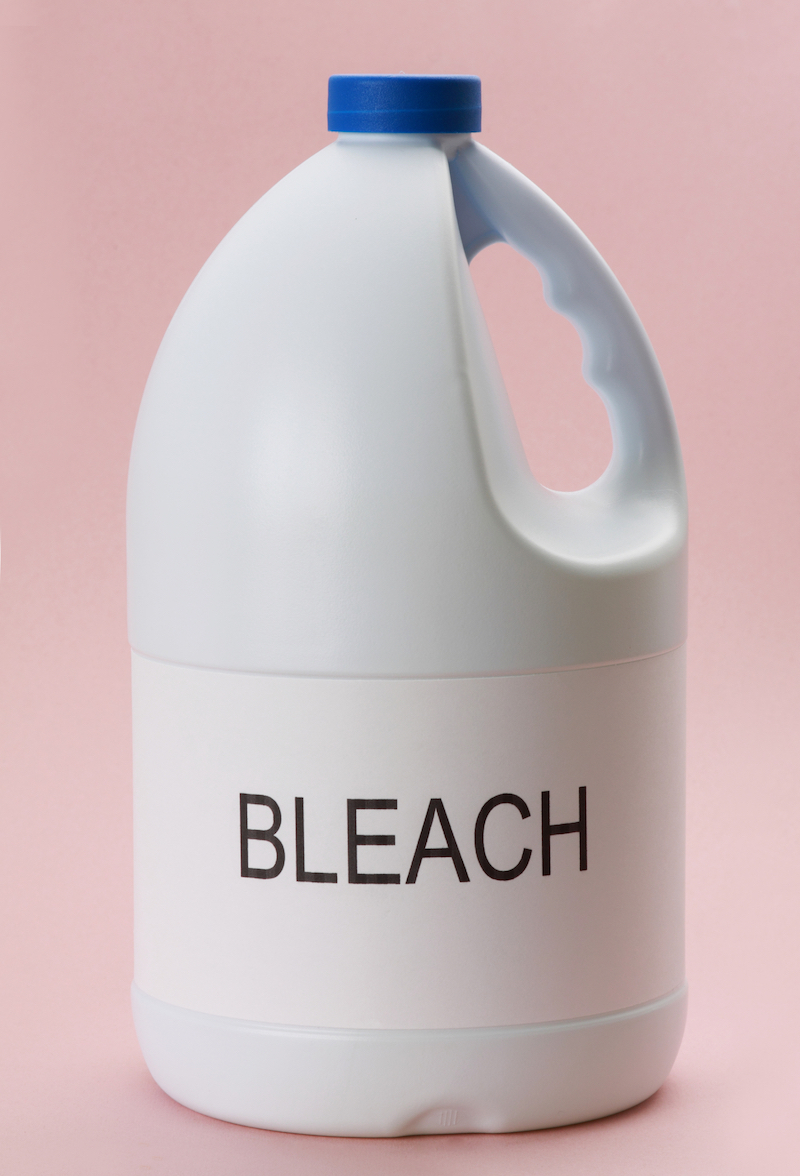
During the 2020 pandemic, sales for Crocs surged, with revenue hitting a record $1.4 billion. They became the unofficial shoe of lockdown life.
This massive comeback cemented their status as a fashion staple, seen on everyone from nurses to celebrities. Keeping them clean is no longer just about hygiene; it’s about maintaining a piece of footwear that’s both a comfort icon and a surprisingly trendy accessory. A pristine pair looks intentional and stylish, not just practical.
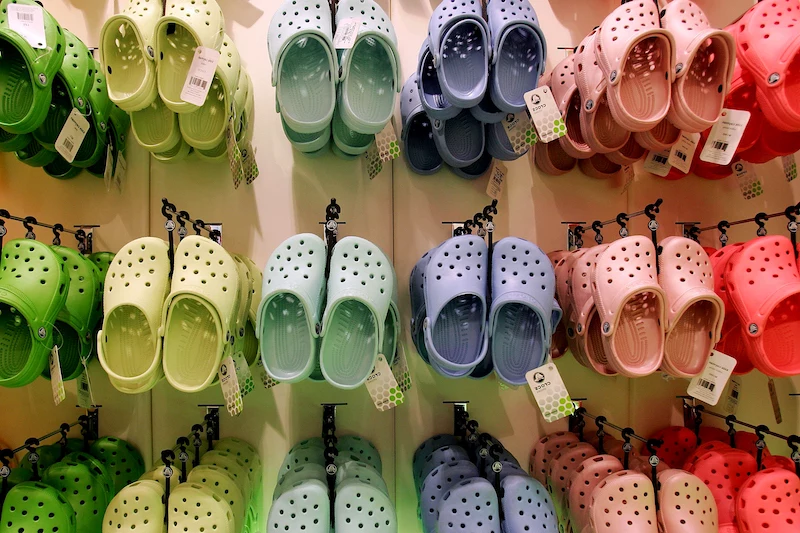
What about the fuzzy-lined Crocs? You can’t just dunk them.
For the Classic Lined Clog, the liner isn’t removable. The best approach is a gentle hand-wash. Create a lather with cool water and a mild detergent (like Woolite). Use a soft cloth or sponge to work the suds into the lining, focusing on the footbed. ‘Rinse’ by blotting with a clean, damp cloth, then let them air dry completely away from any heat source. Patience is key to preventing a damp, musty smell.
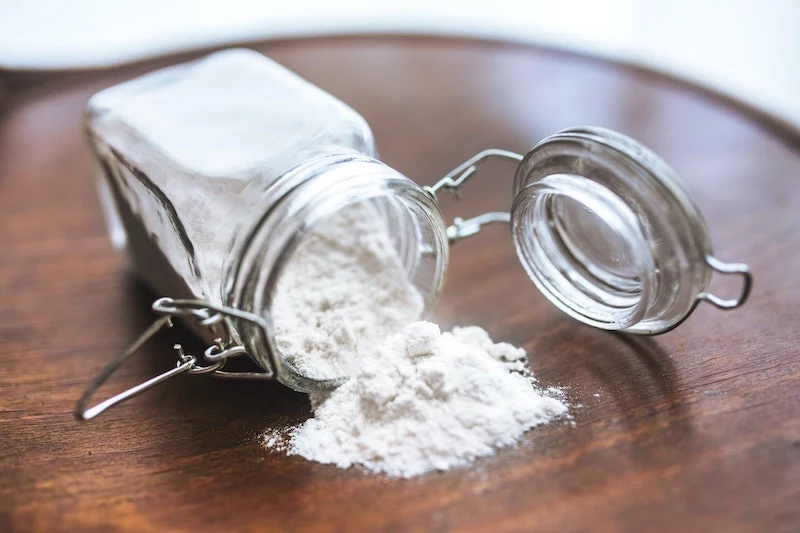
The secret weapon for stubborn scuffs: For those black marks and mysterious smudges on the Croslite™ foam that simple soap can’t handle, reach for a melamine foam sponge, like a Mr. Clean Magic Eraser. Its micro-scrubbing action gently lifts away the stain without scratching the shoe’s surface. Just dampen the sponge, squeeze out the excess, and rub the scuff mark gently. It works like a charm, especially on white or light-colored Crocs.

- They suddenly feel tighter or look visibly warped.
- The color has faded unevenly, especially after being left in the sun.
- The surface feels tacky or has started to peel after contact with a harsh chemical.
Recognize these signs? Unfortunately, this kind of damage to the Croslite™ material is often permanent. It’s a reminder that prevention is always the best cleaning method!
For white soles: The crisp white band on many Crocs styles is a magnet for dirt. A paste made from baking soda and a little water can work wonders here.
For the classic clog: A simple scrub with dish soap and a soft-bristled brush is usually all you need for the main body.
By using the right cleaner for the right part, you avoid harsh chemicals while getting a much better result.










